



Global Hatchery Health Programme by Hipra
Hatcheries play a key role in connecting the origin of the hatching eggs and the destination of the newly hatched chicks, meaning that they are the essential link between the world of breeders and broiler farms. So, it is crucial that there is proper control of all their operations.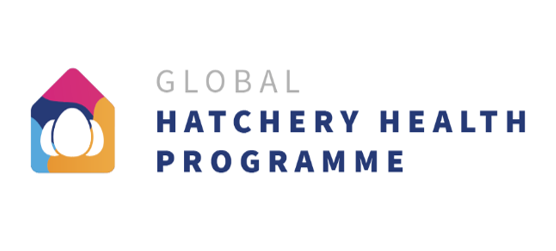
Moreover, prevention of the main poultry diseases should start in the hatchery. Therefore, it is also paramount to ensure correct vaccination at hatchery level and guarantee that good quality and healthy chicks arrive at the farm to express their maximum potency.
To support poultry companies in ensuring the best possible results, HIPRA has developed a series of services included under the new GLOBAL HATCHERY HEALTH PROGRAMME (GHHP) that will bring innovation and real-time control of the HEALTH of the hatchery.
What benefits does this programme bring?
GHHP is the programme that will help producers to achieve maximum health performance results through the implementation of several evaluations performed by a team of specialists.
The GLOBAL HATCHERY HEALTH PROGRAMME is a complete programme based on the following three blocks:
1. OPTIMISATION OF VACCINATION PROCEDURES
The objective of these audits is to ensure correct in-ovo / subcutaneous / spray vaccination to reduce procedure failures and, consequently, to achieve better safety and efficacy of vaccination. To this end, the evaluations are focused on the following points:
- Vaccine storage & preparation
- Performance and cleaning of medical devices
- Vaccine application:
- In ovo: Site Of Injection (S.O.I.) and Embryonic Stage
- Subcutaneous: injection site and quality
- Spray: droplet size and uniformity of sprayed box
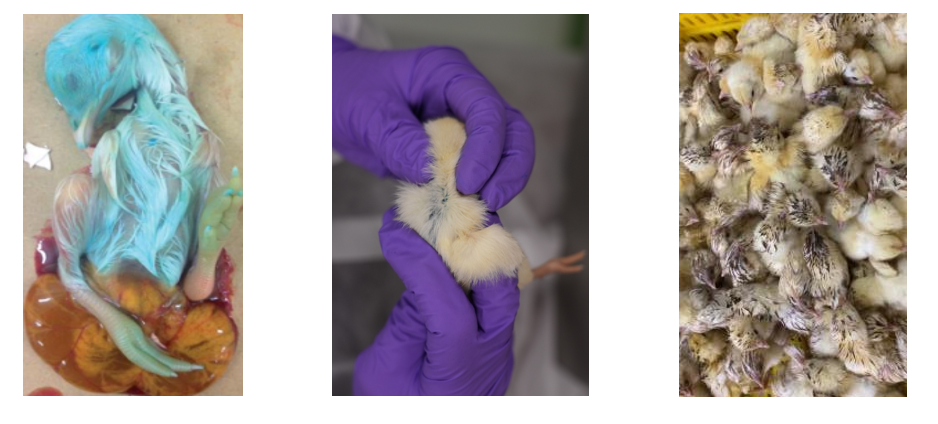
4. Traceability with Smart Vaccination®
- Verification of vaccine procedures through traceability (HIPRASPRAY® and HIPRAJECT®) to ensure that the entire vaccination process is carried out correctly and to avoid possible vaccination failures.
SMART VACCINATION® is a unique concept based on:

2. DOC QUALITY CONTROL
The second block of the programme is focused on guaranteeing that the chicks leave the hatchery in the best condition. Chick quality and vaccination quality are intrinsically linked, and one cannot be successful without the other. This block consists of two evaluations:
- Physical evaluation
Based on the PAS REFORM “Pasgar Score” test, a formula that allows chick quality to be assessed with a numerical value. This assessment is simple and effective, and although it is based on a qualitative method, it works as an indirect identification of critical points and consequently of areas for improvement. Defects in the quality of navel, abdomen, legs, beak and lack of vitality may serve as a warning that something is not working as it should during the incubation process.
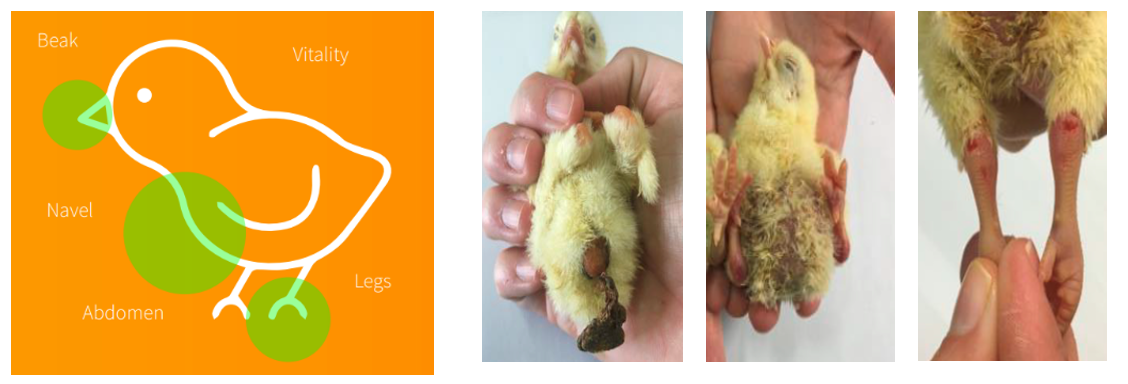
- Microbiological evaluation
The health quality of the DOC begins with the health of parent stocks. Vertical transmission of bacteria, as well as post-hatching contamination, can negatively affect the health of chicks and their resistance to diseases, increasing early mortality and decreasing performance parameters. GHHP offers an evaluation of microbiological quality of Mycoplasma gallisepticum, Mycoplasma synoviae, Escherichia coli and Salmonella spp, through a simple method that works as a thermometer of processes related to breeders, as well as the hatchery's biosecurity. With this microbiological approach, Hipra provides the possibility of anticipating microbiological challenges at field level.
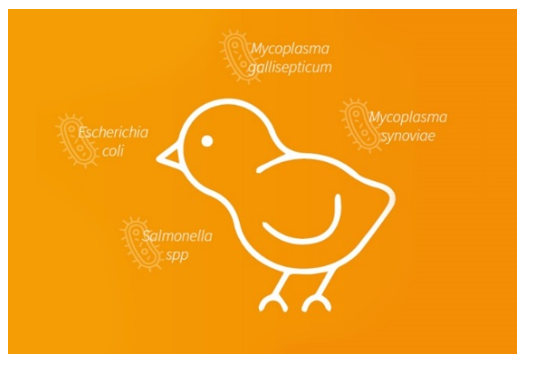
3. HATCHERY KPI ANALYSIS
HIPRASTATS® is a data science service that takes into account companies’ business strategy and areas for improvement for both hatcheries and producers, whose goal is to transform data into useful information to improve the decision-making process. In particular, the service focused on hatchery analysis allows the producer to assess the different Hatchery KPI such as hatchability and 1st week mortality with an in-depth analysis considering the main variable factors such as the breeder farm, breeder age, days of storage, hatchers, setters, and other variables that can affect final hatchability and 1st week mortality.
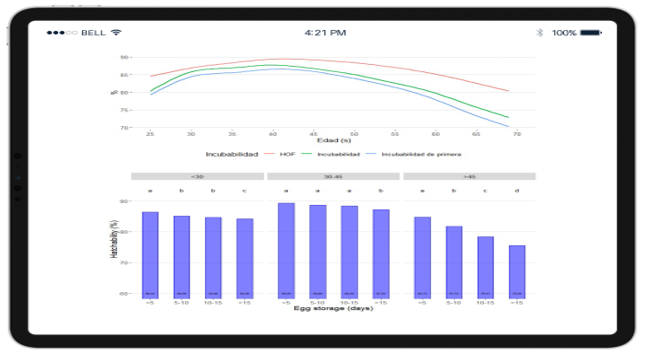
All the data and results collected from these evaluations will be compiled in a final report. Through these evaluations, critical points can be detected more easily and this can help the hatchery team take better decisions.
With this new technical services programme, Hipra once again shows its commitment to disease prevention by offering innovative and distinctive solutions for the poultry market.
To find out more about this service, consult the local Hipra team.









